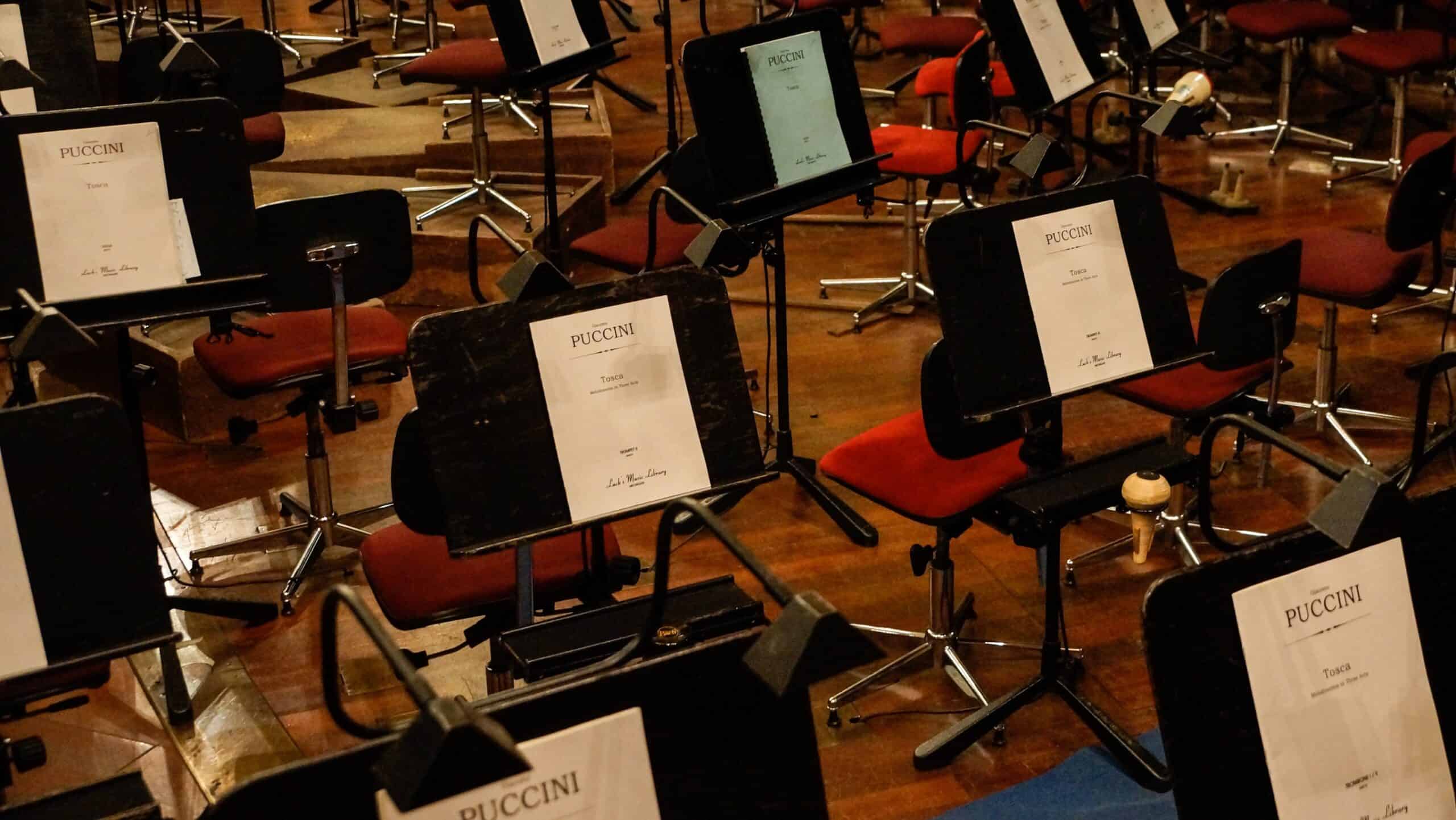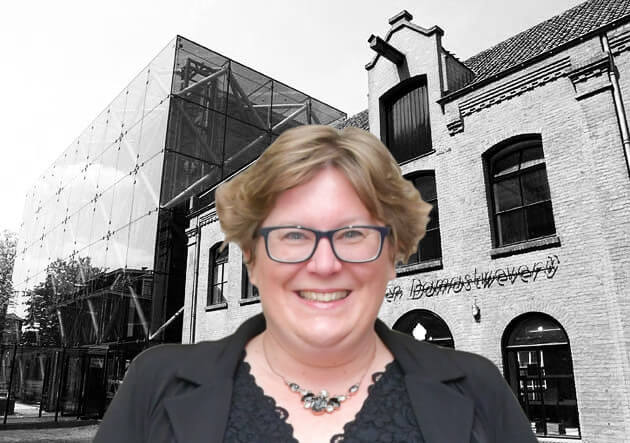
In the last opera Puccini composed, he tells the story of an Oriental fairy tale about a stunningly beautiful yet cold-hearted princess: Turandot. She presents three riddles to every prince who wants to marry her. If the prince gets the riddles right, he will be allowed to marry her, but if he doesn’t, he will be beheaded. A veritable royal bloodbath ensues as a result.
Prince Calaf is so dazzled by Turandot’s beauty that he also gives it a shot, against all advice not to. The first riddle Turandot presents him with is: “What is born every night and dies at sunrise?” Prince Calaf gives the simple answer to this – “Hope.” In the end, Calaf manages to correctly answer all three riddles and not only wins Turandot’s hand, but also her heart.
At the controls of hope
The simple concept of “Hope” struck me when I had the pleasure of enjoying Turandot in Verona’s ancient Roman arena this summer, and it resonated with me. Hope. How important is hope in this wave of crisis after crisis? How do we shape hope? I realized that hope has many different guises. First of all, hope has an optimistic guise (‘It will be fine’). Secondly, hope also knows a pessimistic form (‘It won’t work out’). This pessimistic form contains just as much hope, except that it is overshadowed by the conviction that hope will not materialize into something tangible.
As well as this optimistic versus pessimistic spectrum of hope, I came to the conclusion that hope can also take on an active versus a passive guise. In the passive connotation of hope, you are waiting (or praying) for a better future; an active connotation of hope triggers behaviors that encourage you to conceptualize and make that better future happen yourself. In the active connotation of hope, the individual themselves are behind the controls of hope.
The scientists I admire are all actively behind the controls of hope. One inspiring example is Caroline Pauwels, former rector of the Vrije Universiteit Brussels and who sadly died of cancer this past summer. Her work as a scientist was founded on “possibilism”, as summed up by the Swedish statistician Hans Rosling (known for his many Ted Talks). A possibilist is someone who sees the possibilities of turning hope into reality and then actively works towards doing just that.
“What seems impossible today may no longer be that tomorrow.”
Caroline Pauwels
Trust your brain
In her book ‘Ronduit – Overpeinzingen van een Possibilist‘ (‘Unadulterated – Musings of a Possibilist’) Caroline Pauwels stresses that we should trust our wits. Our brain is perfectly capable of grasping problems and finding solutions to them. When you have the courage to trust the creativity of your brain, you clear the way for working on a better world. Thus Pauwels writes: “I don’t know if things will get better, but I do believe they can get better.” (Pauwels, 2021, p.19). In other words, a possibilist is convinced that human beings are capable of making a situation better, whether that happens depends on whether human beings actually make use of the capacities and possibilities they have.
Design thinking
Of course, there are all kinds of techniques and methods that can help people to do that. As far as I personally am concerned, this mainly manifests itself in a design-oriented form of thinking about and doing things: design thinking. In design thinking, you don’t research problems, you research solutions. Design thinking is therefore essentially possibilist in nature.
For example, the “godfather” of design thinking, Tim Brown, wrote in his book‘ Change by design’: “What we need are new choices – new products that balance the needs of individuals and of society as a whole; new ideas that tackle the global challenges of health, poverty, and education; new strategies that result in differences that matter and a sense of purpose that engages everyone affected by them.” (Brown, 2019, p. 9).
According to Brown, you can design those “differences that matter” with the help of design thinking and thereby operate the controls of hope yourself. So, actively turning hope into possibilities is not something abstract; in fact, you can take courses for it at any business school in the world today.
Age of possibilism
Incidentally, an active approach to hope is not the same as an optimistic approach to hope. The fact that you actively want to turn the dials of hope does not mean that you are assuming that everything will work out. It simply means that you can at least try to make hope a reality.
As such, possibibilists are not optimists. There is a certain flippancy inherent in optimism – and that is the very thing that does not characterize possibilism. A possibilist takes their role seriously and sees it as being weighty rather than something lighter. That is why possibilists such as Hans Rosling and Caroline Pauwels firmly oppose the image of “naive” that possibilism is prone to.
Trust
Pauwels even flips the naive image of possibilism on its head, quoting historian Rutger Bregman: “Bregman’s most important advice is to replace the very meaning of the word ‘realism. ‘Is it not quite significant that in our language “realist” has become synonymous with “cynic”? For someone with a bleak view of humanity. In reality, it is precisely the cynic who is out of touch with the world.” (Pauwels, 2021, p. 64).
When both the ebb and flow of the tides of these times are marked by crisis, cynical “realism” is of no use to us. We need possibilists who see possibilities, who dare to trust that their brains are capable of transforming those possibilities into sound plans and ideas, and who wholeheartedly commit themselves day after day to turning hope into reality.

